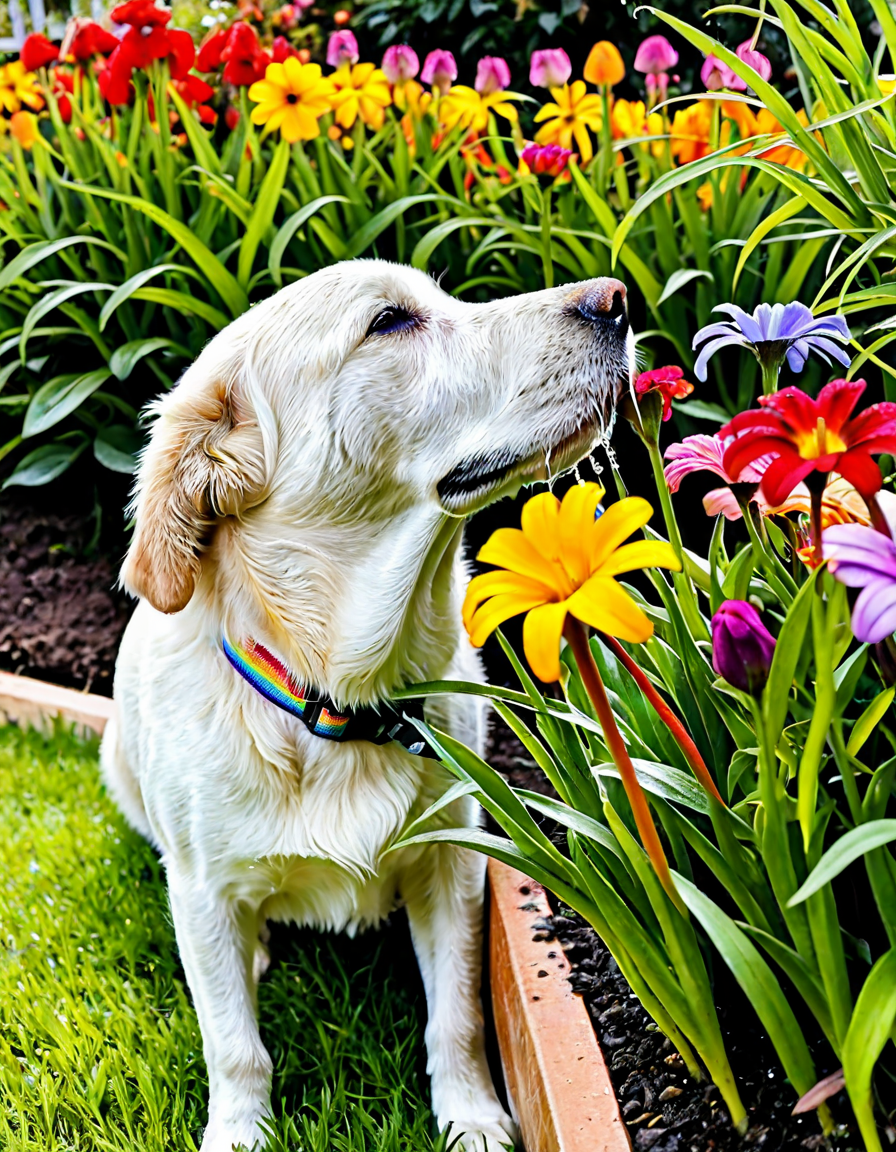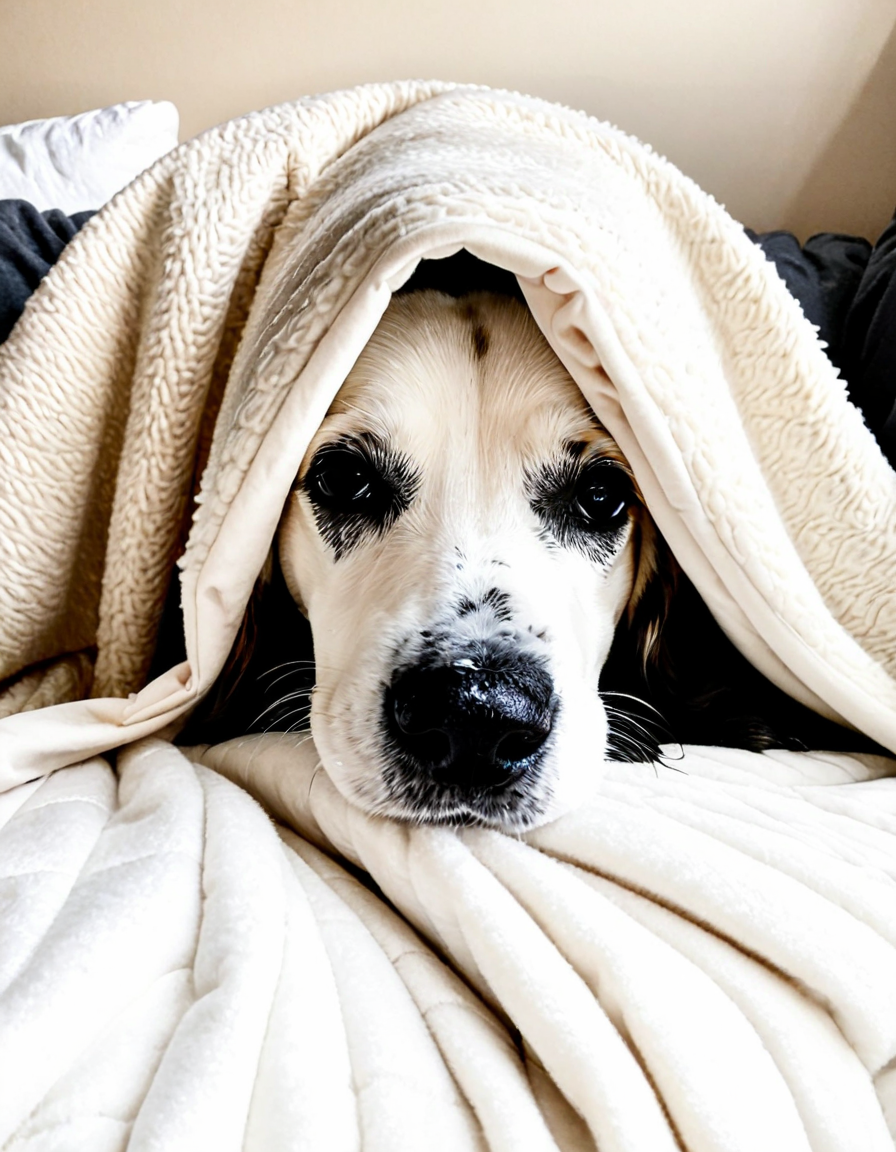Wet noses aren’t just a charming feature of our furry friends; they serve essential physiological functions, revealing a lot about a pet’s health, behavior, and even their environment. Whether you have a playful puppy or a curious kitten, these moist appendages are critical in enhancing their sensory perception. This article dives deep into the fascinating world of wet noses, uncovering the science, benefits, comparisons across species, care tips, and even some fun facts that you might not know. So, let’s sniff out the reasons behind those lovable wet noses!
1. The Science Behind Wet Noses: Understanding the Physiology
Wet noses are more than just a cute attribute; they play a significant role in how pets perceive the world. The moisture from a pet’s nose helps trap scent molecules. This is crucial because animals rely on their sense of smell more than we do. According to research from the American Kennel Club, the specialized olfactory receptors located in a wet nose can detect scents that are diluted in the air, allowing dogs and cats to identify and differentiate smells like champions.
The mucous membranes on the nose are key players in this process. When a dog or cat sniffs, their wet nose captures tiny scent particles more effectively than a dry one could. This evolutionary adaptation has helped animals hunt, communicate, and gather vital information about their surroundings for thousands of years.
So next time you see your furry companion’s damp nose, remember that it’s not just an adorable quirk; it plays a crucial role in their day-to-day experiences. Wet noses enhance their capabilities, giving them a remarkable edge when it comes to understanding the world.

2. Top 5 Benefits of a Wet Nose: More Than Just an Adorable Feature
Wet noses provide several vital benefits to our pets. Let’s explore the top five:
Thanks to their wet noses, dogs can sniff out scents anywhere from 10,000 to 100,000 times better than humans, as per a study from the University of Pennsylvania. This powerful sense helps in tracking, locating hidden items, and understanding their surroundings better than we can imagine.
Interestingly, pets also use their wet noses to help regulate body temperature. Just like humans sweat, moist air evaporating from a pet’s nose cools them down. This is especially important in hot summer months when keeping cool is vital.
A wet nose can be a great indicator of your pet’s health. Veterinarians often assess the moisture of a pet’s nose during check-ups to spot potential health issues. For example, persistent dryness may signal dehydration, while excess moisture could suggest allergies or infections.
Wet noses are essential for socializing. Dogs, for instance, greet each other by sniffing noses, a unique way of gathering identifying and health-related information about other animals. It’s like their form of social networking!
Cats have a distinct grooming style that involves their wet noses too. When a cat licks itself, the wet nose helps spread saliva, keeping their fur clean while providing cooling through evaporation. It’s an integral part of their hygiene routine.
These benefits underscore just how vital these wet noses are in ensuring a pet’s overall well-being and social functionality.
3. Wet Noses Across the Animal Kingdom: Comparisons Beyond Dogs and Cats
Wet noses aren’t exclusive to dogs and cats; they appear across different species, serving various purposes. Elephants, for example, have moist trunks packed with sensory receptors. This allows them to detect scents and navigate their habitats effectively, even tracking distant water sources with ease.
In the amphibious world, certain frog species showcase moist skin that aids in respiration and hydration. This adaptation is crucial, demonstrating how diverse animal evolution can be regarding moisture absorption and sensory perception. It’s fascinating to see how wet noses or moist surfaces in animals like frogs, elephants, and even some reptiles play a role in their survival.
This comparison showcases the versatility of wet noses across the animal kingdom and highlights their importance beyond just being an adorable trait in our pets.

4. How to Care for Your Pet’s Wet Nose: Maintaining Optimal Health
Taking care of those precious wet noses is key to your pet’s health. Here are some quick tips:
An appropriately cared-for nose reflects your pet’s overall health and happiness.
5. Fun Facts About Wet Noses You Didn’t Know
Embracing the Importance of Wet Noses
Understanding the multifaceted roles wet noses play in our pets’ lives deepens our appreciation for their instincts and health indicators. These moist appendages are not just adorable; they’re vital to your pet’s health, social behavior, and sensory perception. As responsible pet owners, it’s essential to care for our furry companions by not only meeting their physical needs but also recognizing and valuing their unique biological traits.
Incorporating simple steps like keeping your pet hydrated, monitoring their health through regular vet visits, and appreciating the science behind their wet noses can strengthen the bond you share. So the next time you feel that adorable wet nose against your hand, you’ll know it’s far more than just cute; it’s a window into their health and happiness.
Embrace this fascinating aspect of pet ownership and enjoy every moment spent with your furry friends!
Wet Noses: More Than Just Cute
The Science Behind Wet Noses
Did you ever wonder why dogs have those adorable wet noses? Well, there’s more to it than meets the eye! A wet nose helps regulate their body temperature. Just like a candle warmer gently disperses the scent of your favorite candle, a dog’s wet nose allows for efficient evaporation, keeping them cool. Research shows that dogs use their noses to gather scents, and a damp nose is better at trapping scent particles in the air. You could say they’re using their noses like a pro wrestler uses a grappling hook—ready for anything!
Fun Facts About Our Furry Friends
Here’s a fun tidbit: wet noses can actually help in the sleuthing department! Dogs possess an impressive sense of smell that’s estimated to be between 10,000 to 100,000 times more acute than ours. This means they can pick up on scents that we might miss, sort of like how a Border Collie with short hair can be super agile and alert in the field. Also, if you’re curious about your pup’s health, their nose can be a good indicator. A dry nose might signal dehydration or illness—just like how being foggy in thought can reflect your mood!
The Nose Knows!
Next time you plant a kiss on your dog’s nose, remember that it’s not just about the cuteness factor—it’s a heat exchanger of sorts! Interestingly, some breeds, like the Jack Russell, can have varying moisture levels in their noses throughout their lives, giving them a personality twist that’s both charming and curious (check their lifespan to get a clearer picture!). So, the next time someone brings up the topic of Taylor Swift’s fortnight-long concert series or shares news about the latest Jordan 4s military black, feel free to chime in with how your dog’s nose adds to their unique character. Wet noses truly are fascinating, making our furry companions even more lovable!






